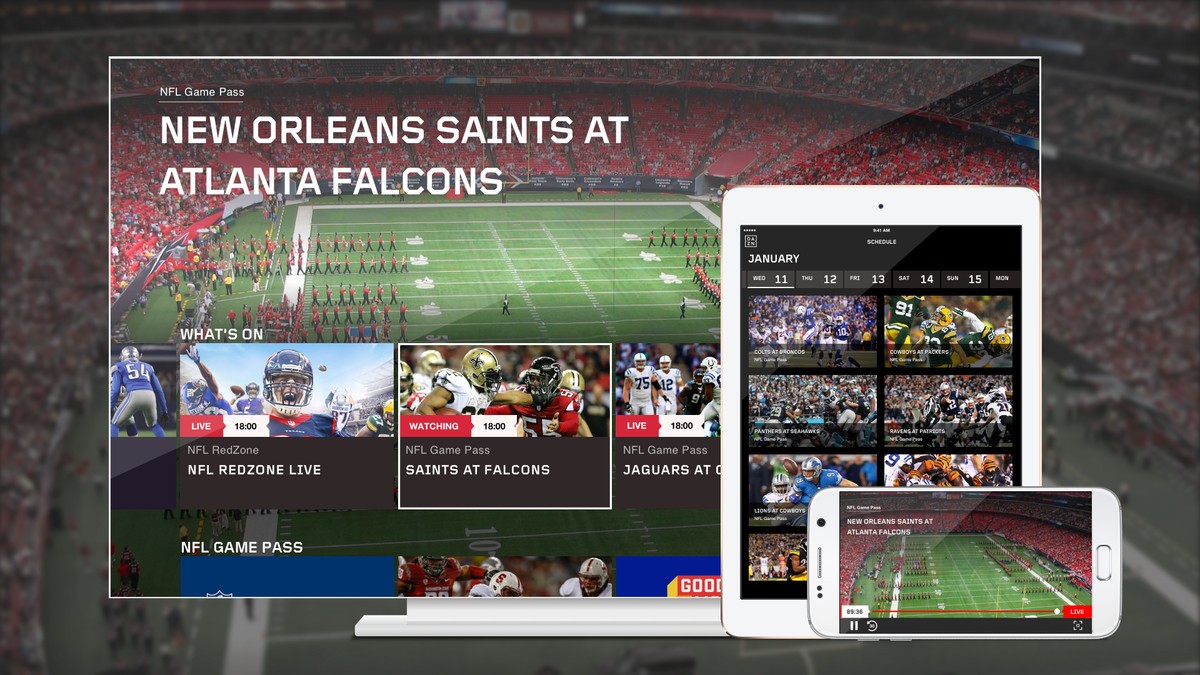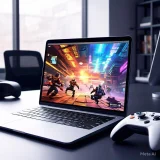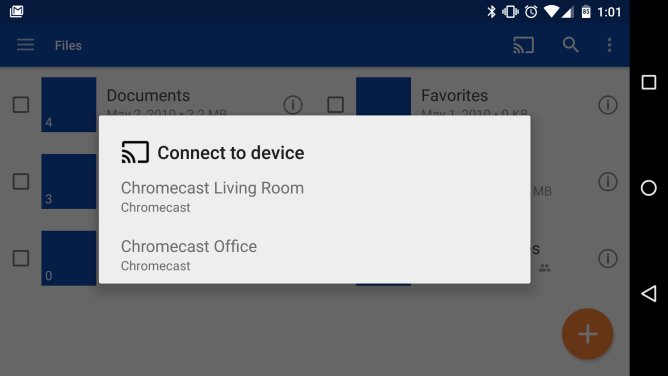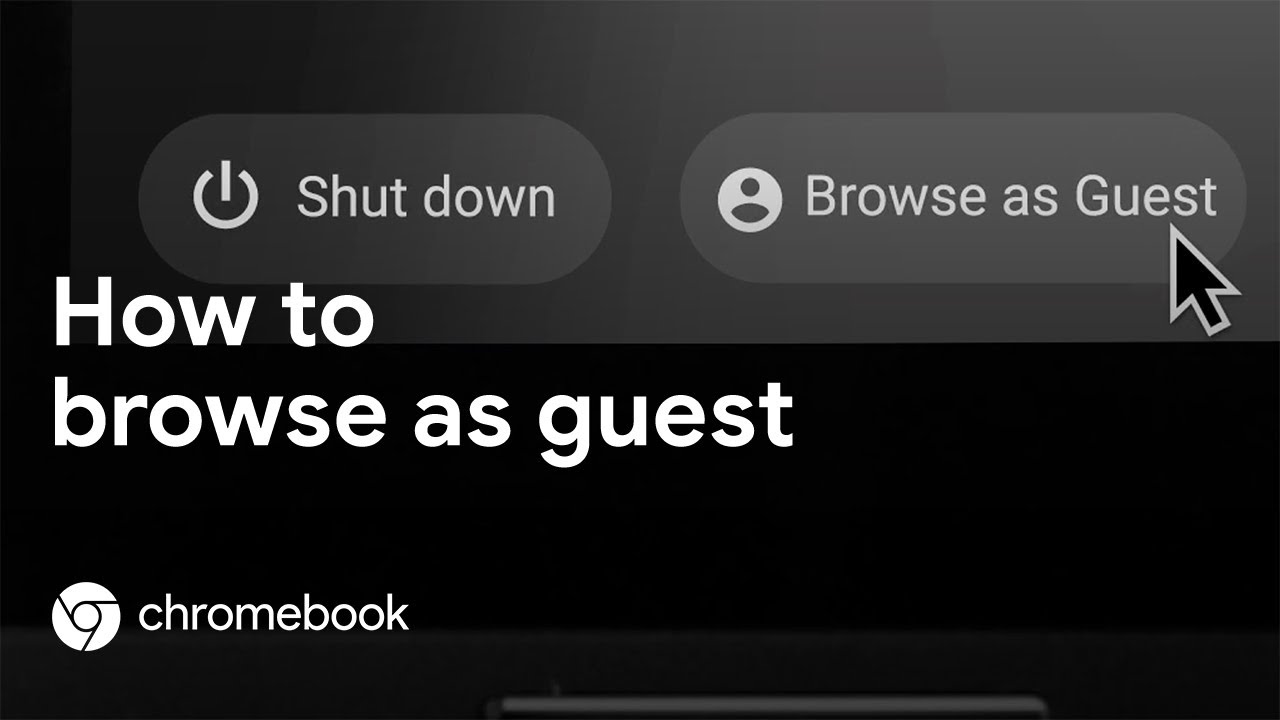Chromebook Keyboard Shortcuts To Save Time
Hello everyone, we have a list of the newly discovered Chromebook keyboard shortcuts that save you time so you can get some work done as soon as possible. I am certain most of you haven’t used or heard of some these shortcuts but you will be glad you know them now.
Today we will list some keyboard shortcuts that will help you not waste time and make sure you are on the right track to get your work done so that you can go back to watching movies, tv shows, video games, smiling at baby Yoda memes or whatever keeps you busy these days. I think I just listed the things I do, lol anyway, let us know below in the comments what you think about these shortcuts and if we missed any unique ones, don’t be afraid to share.
Chromebook keyboard shortcuts to save time
1. Launch applications located on ChromeOS’s Taskbar
![]()
At the bottom of the screen of your Chromebook, you’ll see a row of icons representing applications. We call this bottom part of the screen the “app shelf.” Keyboard shortcuts let you launch a specific application on the app shelf. Alt + 1 will launch the first app from the left on your shelf, Alt + 2 will open the second app from the left on your shelf, and so on.
2. Switch between browser instances or browser tabs
Docking browser instances is one way to work more efficiently when you’re juggling projects. Another strategy is to quickly switch between what you have open. Within each browser instance, it’s not uncommon to have multiple tabs open on your screen. People do this often when they’re searching the web or working in different apps, like Gmail or Drive. You can use keyboard shortcuts to switch between browser instances and between tabs.
Click Alt + tab to switch between the two most recent browser instances. Continue to hold Alt after pressing tab and you’ll get a tiled view of all of your open browser instances. Click Ctrl + tab (no point and click necessary) to navigate between browser tabs.
3. Dock browser windows
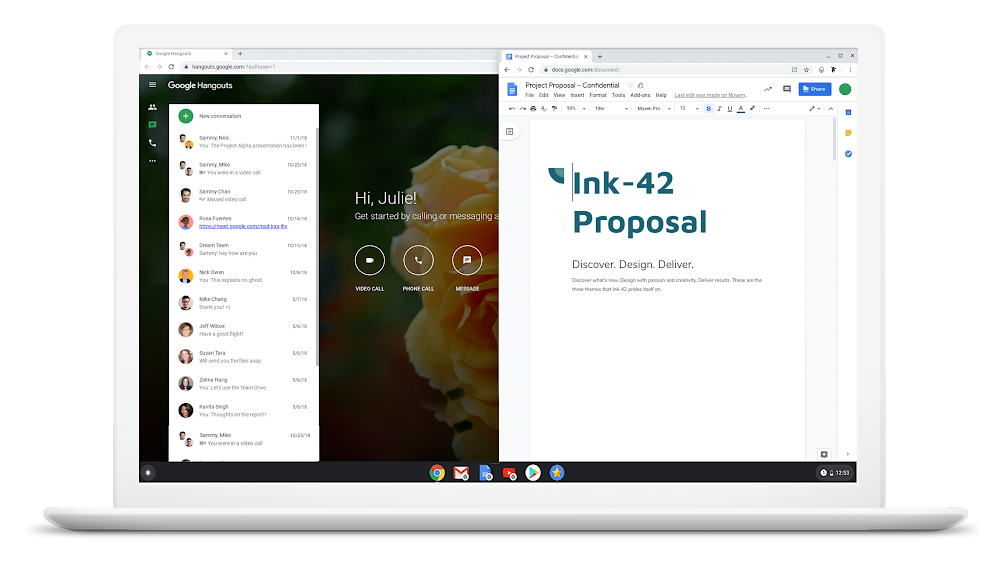
Digging into projects often requires opening more than one browser window—also called a “browser instance”—at a time. This can be an effective way to organize work. You can open one browser instance for dashboards, one for apps, another for Gmail, a third for Google Docs you’re working on, and, perhaps, one for music.
If you find yourself going back and forth between two browser instances, it’s a good idea to “dock” your screens, or anchor them in place on your screen so they don’t move around. This way, you can access two screens side-by-side. Hit Alt + ] to dock one browser instance to the left and Alt + [ to dock the other browser instance to the right.
4. Recover closed tabs
If you accidentally close Chrome, there’s no need to worry. Simply hit Ctrl + Shift + T and your most recently closed tab (or browser instance) comes right back. If you closed more than one, just hit that combination of keys again, and Chrome will keep restoring.
5. Switch between personal and work accounts
Setting up a personal account on your Chromebook to coincide with your work account makes it easy to switch between personal and work email on one device. This post explains how to set up a personal account on a Chromebook. Once you’ve set that up, use Alt + Ctrl + > or Alt + Ctrl + < to quickly switch between accounts.
6. Use Caps Lock
One of the first things you might notice when you switch to Chrome OS is that there’s no Caps Lock key. But let’s face it, sometimes you need to shout your enthusiasm (NEW BABY YODA MEME!). In such instances, Caps Lock is just a keyboard shortcut away.
Use Alt + search to activate and deactivate Caps Lock. The search key typically features a magnifying glass and is located on the far left side of your keyboard where Caps Lock is on other laptops. On some Chromebooks, you want to press Alt + Assistant , which is the key that resembles bubbles and is located between the Ctrl and Alt keys on the bottom left side of the keyboard. A notification will pop up and let you know when you’ve activated Caps Lock and again when you deactivate it.
If you use Caps Lock frequently, you can also enable the search key to be a permanent Caps Lock button in Settings. Here’s how:
- Click the time in the bottom right corner of your screen. It will pull up different tools for you to use.
- Click the gear/settings icon in the top right.
- Scroll to Device and click Keyboard.
- Use the drop-down menu to the right of Search to select Caps Lock.
7. Taking Screenshots on Chromebook using your keyboard
There are two ways to take screenshots on your Chromebook:
- For Chromebooks with a dedicated Screenshot key: Simply press the Screenshot key.
- For Chromebooks without a Screenshot key: Press
Shift + Ctrl + Show windows(TheShow windowskey looks like a window with two lines behind it).- If your external keyboard doesn’t have a
Show windowskey, tryCtrl + Shift + F5instead.
- If your external keyboard doesn’t have a
Using the Screen Capture menu:
- Click on the time at the bottom right corner to open Quick Settings.
- Select “Screen Capture.”
- Choose the type of screenshot you want:
- Take a full screen screenshot.
- Take a partial screenshot (a specific area of the screen).
- Take a window screenshot (of a specific window).
Tips for taking partial screenshots:
- Use the space bar to switch between the different sections you can capture (entire screen, window, or region).
- Use the Tab key to highlight a corner of the capture area and then use the arrow keys to adjust the size and position of the capture area.
Additional notes:
- Screenshots are automatically saved to your Downloads folder.
- You can read our full tutorial on how to take a screenshot on your Chromebook.
Source: Chrome Enterprise Blog
Other posts you might enjoy reading: A list of Chromebooks that can run Android apps & Android games and I highly recommend you check out our Ultimate Google Chrome Cheat Sheet.
Discover more from Chrome Geek
Subscribe to get the latest posts sent to your email.
